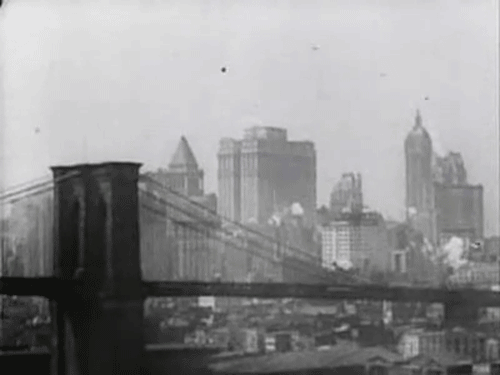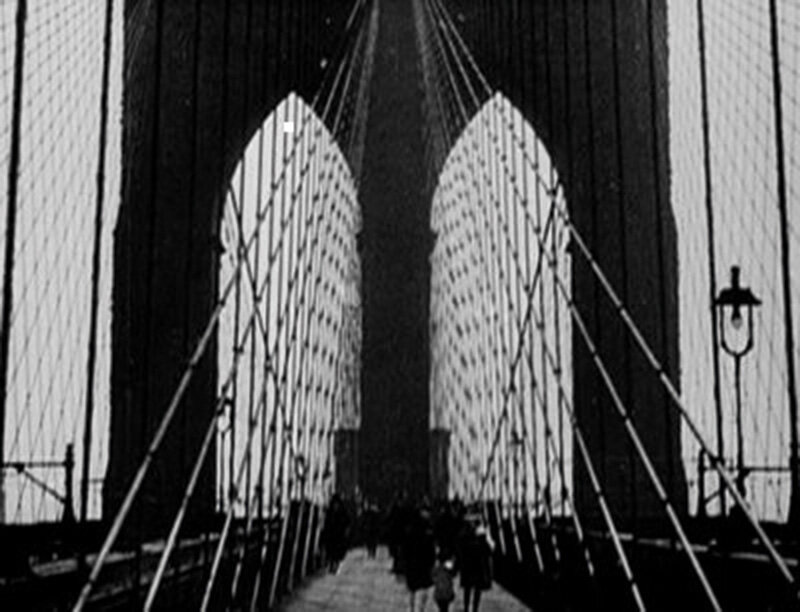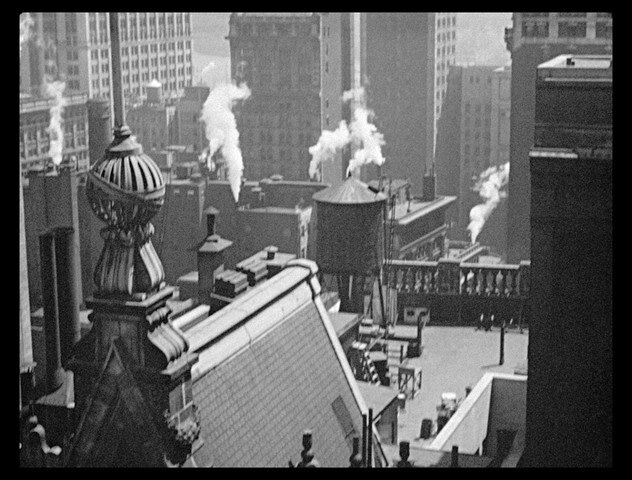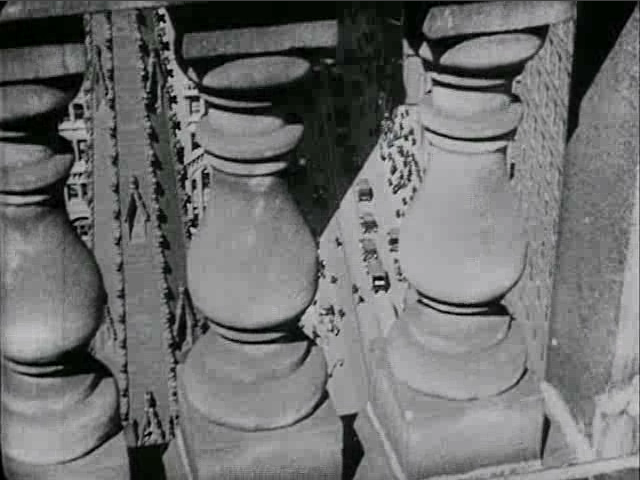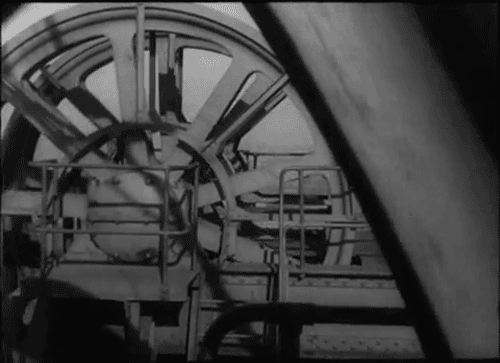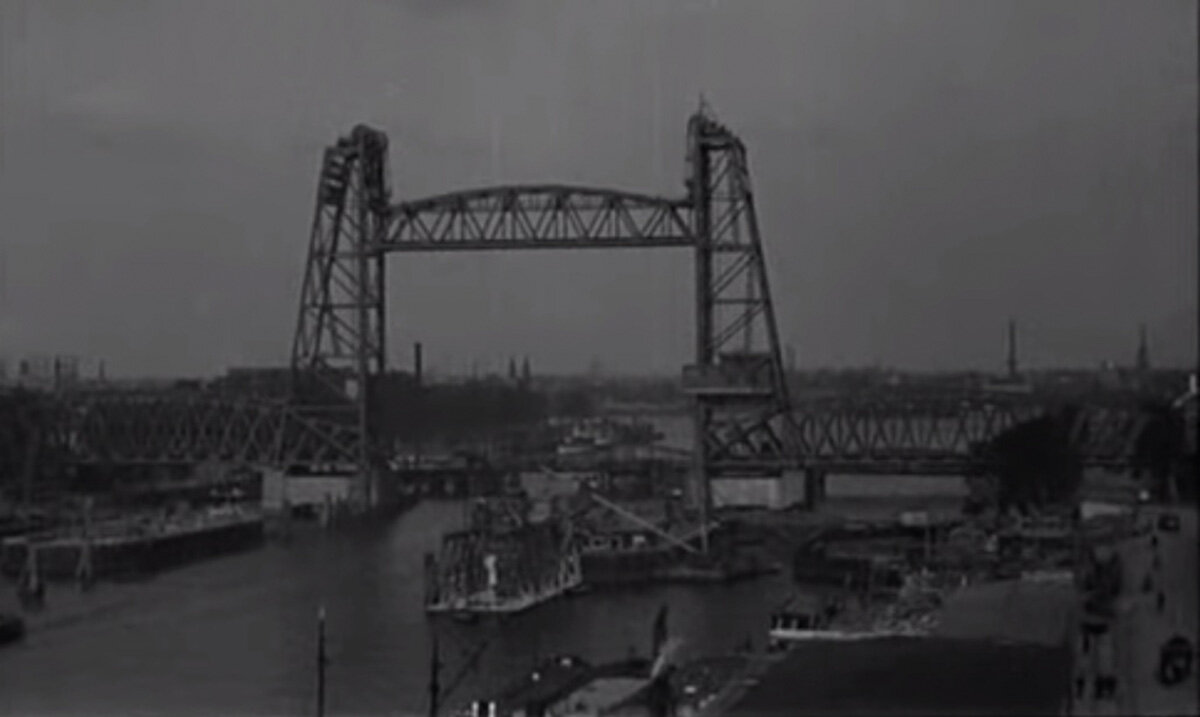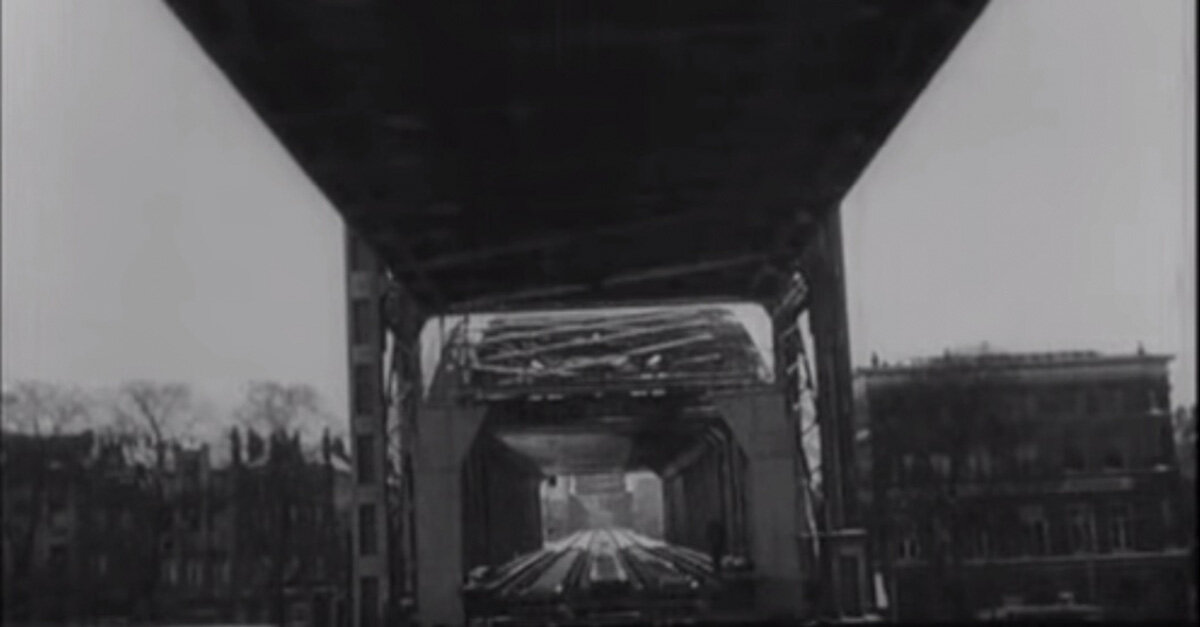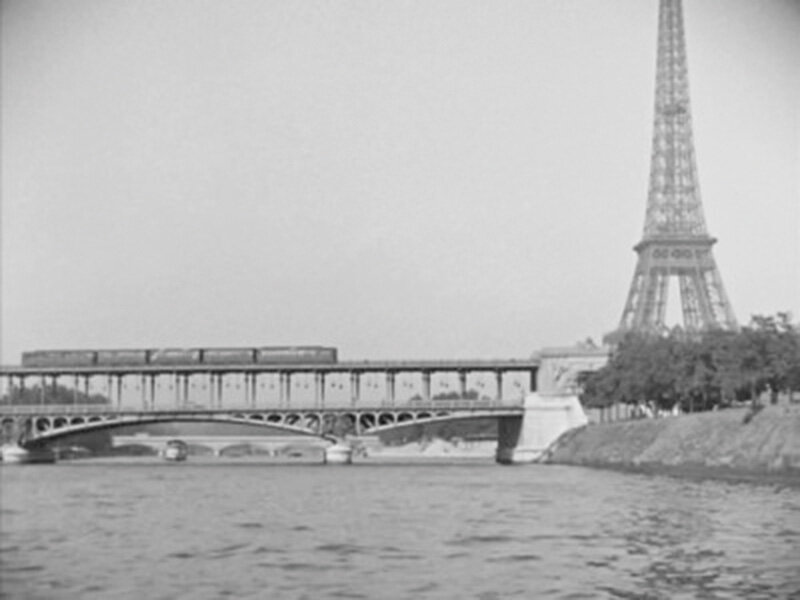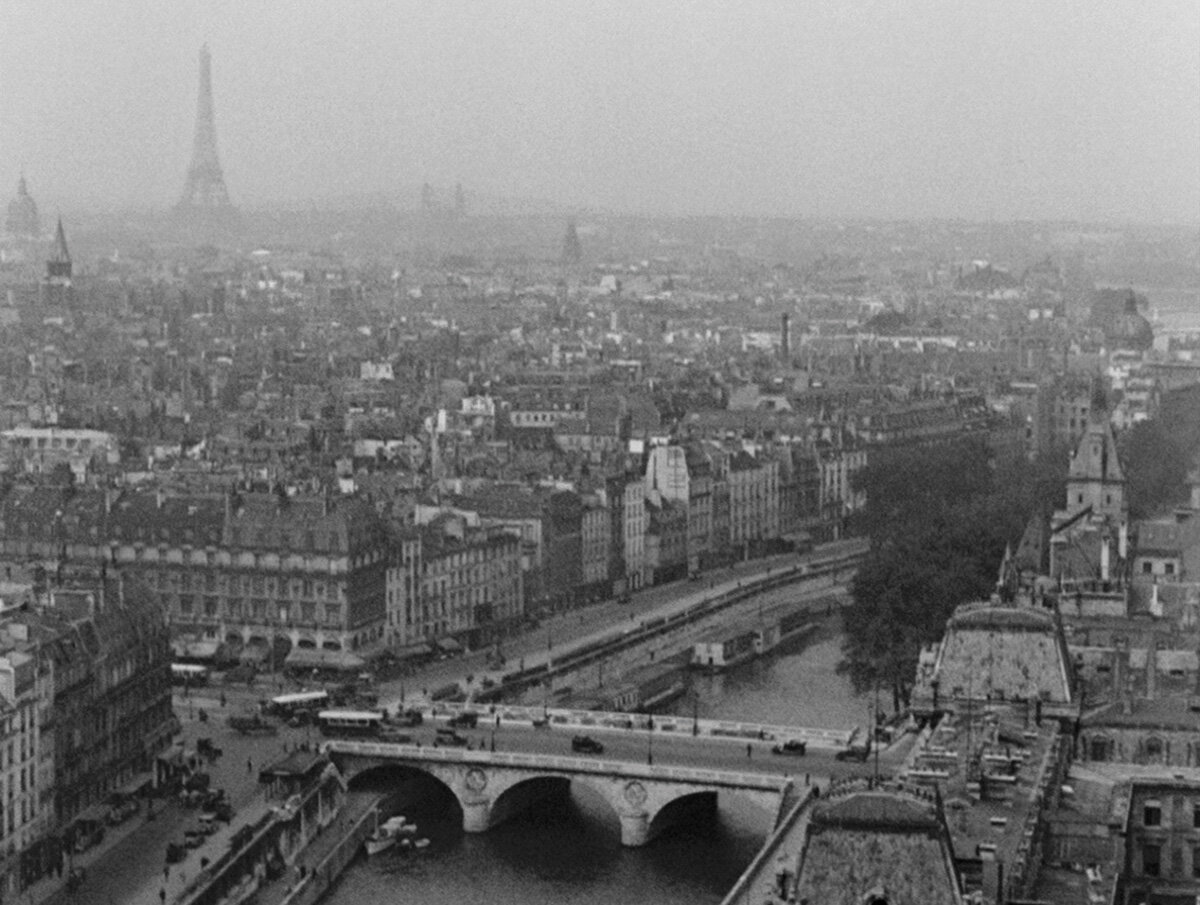Symphonies of Cities. A cinematic perspective on cities
The special link between cinema and architecture is one of the themes addressed quite recently in film studies. Urban and spatial representations in cinema can be working tools and analytical models for researchers in architecture, cinema or social sciences. Moreover, film provides a highly advantageous format for presenting architectural products; like architecture, cinema is the product of a socio-cultural context and aesthetic canons, encompasses a mixture of technical processes, visual elements and functions, and has an essential relationship with the space-time continuum.
The architecture and social organization of cities were celebrated in the 1920s with the emergence of a whole genre of films, expressively called symphonies of cities. Prior to this decade, there were films concerned with urban space and the urban social environment, such as the Lumiere brothers' films Toto et sa soeur en bombe a Bruxelles (1910) and New York of Today (1910), but their number was smaller, their duration and their scope more limited. The 1920s period saw a flourishing of the genre and a pronounced association of cinema with the city, yet the films were not part of a programmatic cinematic movement, but productions of similar social contexts and cultural interests. So-called symphonies of cities are produced equally in France(Les Nuits Electriques, Études sur Paris), Germany(Berlin: Die Sinfonie der Grosstadt), the Netherlands(The Bridge, Rain), Italy(Napoli Che Canta), the United States(Manhatta, Skyscaper Symphony), Russia(Man with a Movie Camera), Brazil(Sao Paolo: Symphony of the Metropolis). The impressive series of films from this period succeed in exposing both the architectural background of the cities, but also the modern urban experience and the implications of new principles of spatial and social organization. The films coincide with the development of new cinematic techniques and aesthetic principles, panoramic and top-down filming becomes much easier, cameras offer greater mobility and editing techniques make it much easier to construct a story of the city; on the other hand, the films are the result of the methods and ideas of modernity, technological progress, the transformation of the urban environment and the new social order find a direct response in the new media format. The article aims to provide an overview of the films belonging to the genre, identifying the main features and principles presented by them. The text will focus on the analysis of three lesser known and studied films and will trace the urban representations rendered, the cinematic techniques and the visual elements used. Due to spatial limitations, an in-depth analysis is not accessible, the aim of the text is to generate possible research directions and a multidisciplinary engagement on the subject.
Cinema is not the only medium concerned with cities in the interwar period; on the contrary, other visual arts and disciplines are increasingly interested in (re)presenting new spaces and new living conditions. What the films manage to add derives from their coincidence with architecture, the same interest in the relationship between space, time, sound and materials1. In fact, the interest in this cycle of films comes precisely from their ability to capture the complexity of the city, by rendering the spaces, time, sound, textures and social interactions found in the urban environment.
Read the full text in the double issue 4-5 / 2014 of Arhitectura Magazine
Notes:
1 Cinematic Space: Architecture and Moving Image.
Manhatta - Paul Strand, Charles Sheeler
The Bridge - Joris Ivens
Studies on Paris - Andre Sauvage
Bibliography
*Cinematic Space: Architecture and Moving Image, Archive, 2011 accessed on 5.09.2014 http://archive100.org/exhibits/beauty-pageant/cinematic-space-architecture-and-moving-image
Hake, Sabine. Topographies of Class: Modern Architecture and Mass Society in Weimar Berlin, Ann Arbor: University of Michigan Press, 2008
Horak, Jan-Christopher. Paul Strand and Charles Sheeler's Manhatta, in Lovers of Cinema: The First American Film Avant-garde 1919-1945, edited by Horak, Jan-Christopher, Wisconsin: University of Wisconsin Press, 1995
Jilani, Sarah. Urban Modernity and Fluctuating Time: Catching the Tempo of the 1920s City Symphony Films, Senses of Cinema, Nr. 68, 2013
McQuire, Scott. The Media City: Media, Architecture and Urban Space, London: Sage Publications, 2008
Resina, Ramon Joan, and Dieter Ingenschay. After-images of the city, New York: Cornell University Press, 2003
Van Ulzen, Patricia. Imagine a Metropolis: Rotterdam's Creative Class 1970-2000, Rotterdam: 010 Publishers, 2007
